Effective management of vendor payments is crucial for businesses to maintain healthy financial relationships and ensure accurate accounting. When dealing with numerous vendors and invoices, it becomes essential to streamline the payment process and reconcile accounts effectively. In this comprehensive cheat sheet, we will explore the concept of vendor payment, the significance of vendor reconciliation, and best practices for efficient payment management.
Within the realm of business operations, the concept of vendor payment embodies the intricate procedure involving the allocation of funds to suppliers, service providers, or any other entities contributing indispensable goods or services. Efficient vendor payment management not only ensures timely payments but also helps maintain strong relationships with suppliers, fosters transparency, and minimizes the risk of errors or fraud.
What is Vendor Payment?
Vendor payment is an integral part of the accounts payable process, involving the transfer of funds from the organization to the vendors for the products or services rendered. It encompasses various activities, such as receiving and verifying invoices, authorizing payments, and recording transactions accurately in the financial system.
Importance of Vendor Reconciliation
Vendor reconciliation is the process of comparing and aligning vendor invoices with the corresponding payments made by the organization. Playing a pivotal role, it assumes utmost importance in guaranteeing the precision of monetary records, swiftly identifying and resolving any inconsistencies that may arise. A comprehensive vendor reconciliation process helps businesses identify potential errors, avoid overpayments or underpayments, and maintain a clear audit trail.
Understanding Vendor Reconciliation Process
The vendor reconciliation process involves several steps to ensure accurate and efficient payment management. Let’s explore each of these steps in detail:
1. Gathering Vendor Invoices and Statements
The first step in vendor reconciliation is to gather all the relevant invoices and statements received from the vendors. These documents provide detailed information about the products or services provided, the agreed-upon prices, and any additional charges or discounts.
2. Verifying Invoice Accuracy
Once the invoices and statements are collected, it is essential to verify their accuracy. As you review the provided documents, it is crucial to ensure the accuracy of pricing, quantities, and other pertinent terms. Take note of any variations or irregularities that require further examination and analysis.
3. Matching Invoices with Payments
Proceeding forward entails aligning the invoices with their corresponding payments executed by the organization. This crucial procedure guarantees the accurate recording and accountability of all financial transactions. The matching process encompasses cross-referencing invoice numbers, payment dates, and amounts, thereby ensuring meticulous reconciliation.
4. Resolving Discrepancies
During the reconciliation process, discrepancies or differences between the invoices and payments may arise. It is crucial to investigate and resolve these discrepancies promptly. This may involve contacting the vendors, requesting clarifications, or initiating dispute resolution procedures if necessary.
5. Updating Payment Records
Once all the invoices are matched with the payments and any discrepancies are resolved, it is essential to update the payment records accurately. This ensures that the financial statements reflect the correct vendor payment information and provide an accurate picture of the organization’s liabilities.
Best Practices for Vendor Payment and Reconciliation
To optimize the vendor payment and reconciliation process, businesses can follow these best practices:
1. Maintain Accurate Vendor Information
Maintaining up-to-date and accurate vendor information is crucial for smooth payment processing and reconciliation. It’s critical to periodically examine and update vendor records, including contact information, banking details, and payment terms.
2. Implement Automation and Digital Tools
Leveraging automation and digital tools can significantly streamline the vendor payment and reconciliation process. Using electronic invoicing systems, automated payment reminders, and online payment portals can enhance efficiency, reduce errors, and provide better visibility into payment status.
3. Regularly Review and Update Vendor Terms
Periodically reviewing and updating vendor terms and agreements can help businesses stay aligned with their financial goals and ensure mutually beneficial relationships. This includes renegotiating payment terms, discussing discounts or incentives, and clarifying any ambiguous clauses.
4. Communicate Effectively with Vendors
Maintaining open and effective communication channels with vendors is essential for resolving payment-related issues and building strong relationships. Promptly addressing queries, clarifying payment terms, and providing timely updates can foster trust and cooperation between the organization and its vendors.
5. Conduct Periodic Audits
Regularly conducting audits of the vendor payment process helps identify any inefficiencies or potential risks. Audits can help detect fraudulent activities, assess internal control effectiveness, and provide recommendations for process improvements.
Benefits of Efficient Vendor Payment
Efficient vendor payment management offers several benefits for businesses, including:
1. Timely payments to vendors, ensuring an uninterrupted supply of goods or services.
2. Improved vendor relationships and better negotiation power for future contracts.
3. Enhanced financial transparency and accuracy of accounting records.
4. Minimized risk of errors, overpayments, or underpayments.
5. Streamlined internal processes, leading to cost savings and increased productivity.
Common Challenges in Vendor Payment and Reconciliation
While managing vendor payments and reconciling accounts, businesses may encounter certain challenges. Some common challenges include:
1. Incomplete or Inaccurate Invoices
Vendors may occasionally submit incomplete or inaccurate invoices, making it difficult to reconcile payments accurately. This can lead to delays and additional efforts in resolving discrepancies.
2. Payment Delays and Disputes
Payment delays or disputes can strain vendor relationships and negatively impact business operations. Issues such as missing payment approvals, internal bottlenecks, or disagreements over invoice terms can cause delays and disputes.
3. Communication Issues with Vendors
Inadequate communication channels or misunderstandings between the organization and its vendors can complicate the payment reconciliation process. Prompt and effective communication is essential for clarifying any discrepancies or addressing vendor concerns.
4. Tracking and Managing Multiple Vendors
Dealing with numerous vendors can pose challenges in terms of tracking payments, maintaining accurate records, and reconciling accounts efficiently. The complexity increases when each vendor has different payment terms and invoicing practices.
Tips for Effective Vendor Payment Management
To overcome the challenges and ensure effective vendor payment management, consider the following tips:
1. Streamline Payment Processes
Review and optimize payment processes to eliminate bottlenecks and reduce manual efforts. Implement streamlined approval workflows, set clear payment deadlines, and utilize technology to automate repetitive tasks.
2. Utilize Payment Automation Systems
Invest in payment automation systems that integrate with your financial software. These systems can automate invoice processing, generate payment reminders, and provide real-time visibility into payment status.
3. Maintain Clear Documentation
Maintain clear and organized documentation of all vendor payments, invoices, and related communications. This ensures easy access to information during the reconciliation process and facilitates audits or reviews.
4. Foster Strong Vendor Relationships
Regularly communicate with vendors and establish a collaborative relationship based on trust and mutual understanding. This can help resolve payment-related issues amicably and foster long-term partnerships.
5. Stay Updated with Regulatory Compliance
Keep abreast of relevant regulatory requirements and compliance obligations related to vendor payments. This includes understanding tax regulations, ensuring vendor data privacy, and complying with anti-money laundering regulations.
Vendor Payment Software and Tools
To streamline the vendor payment and reconciliation process, businesses can leverage vendor payment software and tools. Some popular options include:
1. PayPal
2. Stripe
3. QuickBooks
4. Xero
These platforms offer features such as automated invoicing, payment reminders, and easy integration with accounting software.
Conclusion
Efficient vendor payment management and reconciliation are crucial for businesses to maintain healthy financial relationships and ensure accurate accounting. By following best practices, streamlining processes, leveraging technology, and fostering effective communication with vendors, organizations can optimize their payment workflows, minimize errors, and enhance overall operational efficiency.

